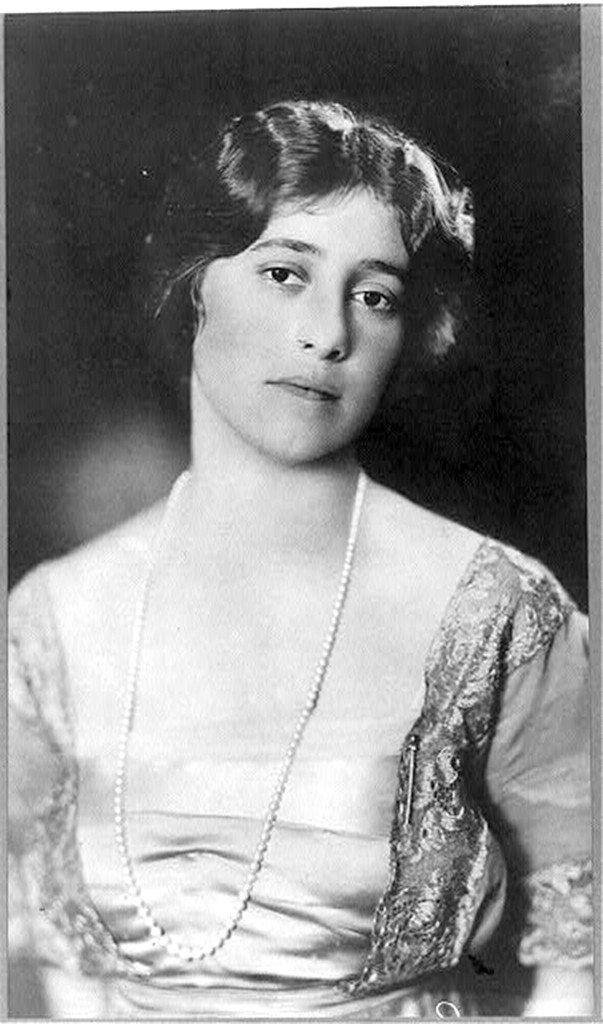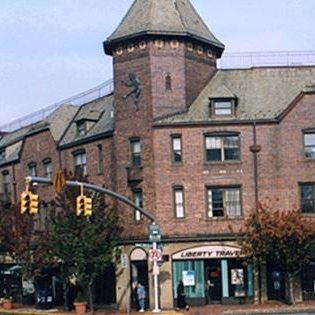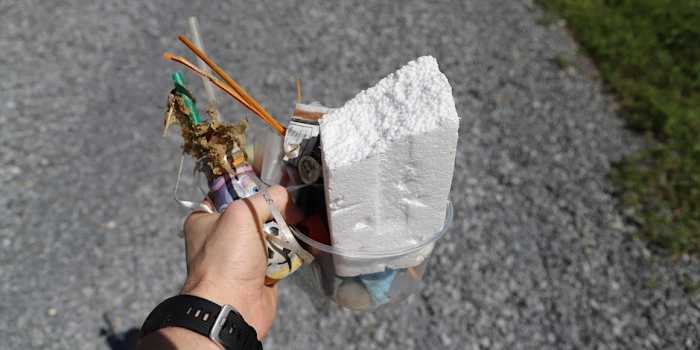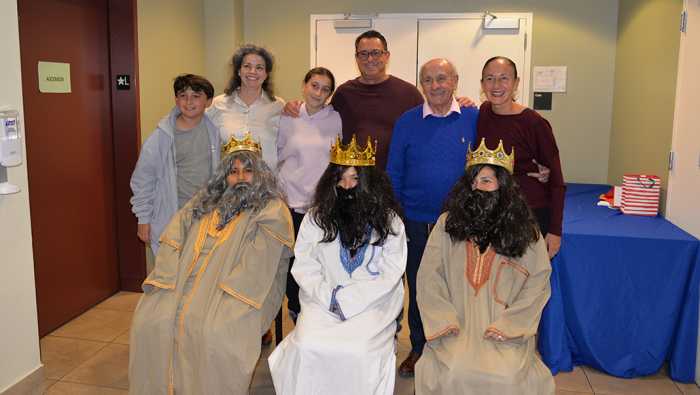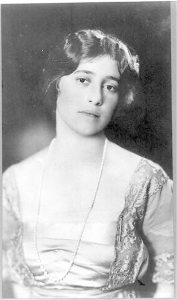
One of the lovely older homes which still graces Sands Point is a French Norman-style house on Middle Neck Road designed in 1928 by McKim, Mead & White for Mary Harriman Rumsey. The 14-bedroom house is situated on 5.3 acres with 391 feet of waterfront near property once owned by her brother, Averell Harriman. People of many interests and backgrounds crossed Rumsey’s threshold. She entertained poets, politicians and the rich and famous of her era, such as Bernard Baruch, William Butler Yeats, polo player Tommy Hitchcock and Vincent Astor.
Who was Mary Harriman Rumsey? While there are many books and reams of newsprint written about her brother, W. Averell Harriman, businessman, diplomat, adviser to four presidents and New York governor, less is known about Mary. She was the eldest of six children born to E.H. Harriman, railroad baron, and his wife, Mary Averell Harriman. At an early age, Rumsey displayed a generous nature by donating flowers from her débutante ball to a hospital and persuading fellow débutantes to do the same. Unlike many young women of her privileged class, Rumsey insisted on attending college despite her father’s initial objections. She enrolled at Barnard College where she majored in sociology and biology with a special interest in eugenics. She graduated with the class of 1905.
Upon the death of her father in 1909, Rumsey assumed much of the responsibility of managing her family’s estate in the Ramapo Hills between Tuxedo and West Point. One of the artists working on embellishments to the house was a well-known sculptor, polo player and Harvard graduate, Charles Cary Rumsey. They married in 1910, had three children and built a Dutch Colonial house in Brookville, where they indulged their love of horses and art collecting. Sadly, their life together was brief. Twelve years after their marriage, Charles was killed in a car accident on Jericho Turnpike near Floral Park.
The Sands Point estate was the site of her daughter’s coming-out party in 1932, to which 1,000 guests were invited. To raise consciousness of farming, Rumsey flaunted tradition by holding a “barn dance” instead of the usual cotillion at the coming-out party. The party décor at her Sands Point home included cornstalks and vegetables. Ham, eggs and applesauce were served. Instead of ball gowns, Rumsey and her daughter wore overalls; their guests were invited to do the same.
President Roosevelt, impressed with her organizational skills, appointed her to chair the Consumer Advisory Board of the National Recovery Administration. The board sought to prevent price gouging and set standards for consumer goods. Rumsey’s close friend, Frances Perkins, secretary of labor and the first woman to occupy a cabinet post, has been called the “Woman Behind the New Deal,” for her support of President Roosevelt’s social agenda. Mary is credited with assisting Perkins with the enactment of the Social Security Act.
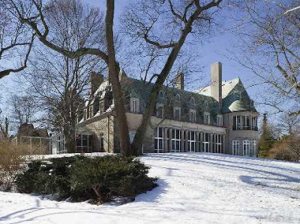
Mary’s life of activism and social reform came to an abrupt end when she succumbed to injuries from an equestrian accident suffered on her 53rd birthday at her Virginia farm. Five years after Mary’s death, her 22-year-old son, Bronson Rumsey, was killed in April 1939 in an air crash in Mexico. The pilot, who was also killed, was First Lady Eleanor Roosevelt’s nephew.
Born into a family of immense wealth, Mary stepped out of her sphere of privilege to address the needs of the less fortunate through philanthropy and community service and inspired countless women to do the same.
Her son, Charles Cary Rumsey Jr. continued to occupy the Sands Point estate until his death in May 2007 at the age of 95. He is buried at Nassau Knolls Cemetery and his memorial service was held at St. Stephen’s Church. The house and property were sold in May 2012 to a family unrelated to the Harrimans or Rumseys.




